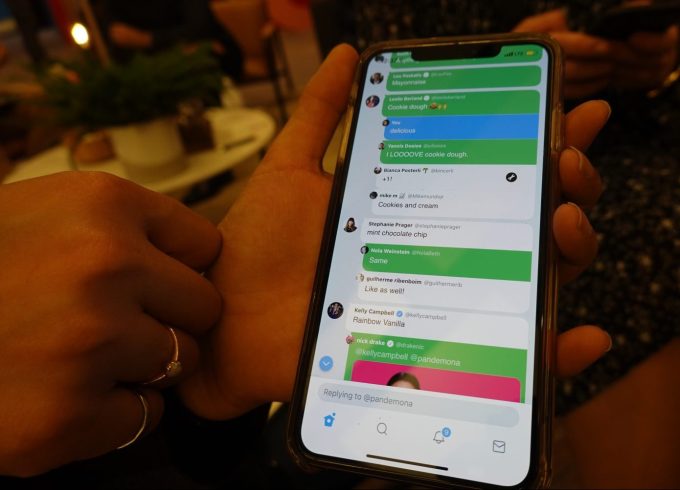As part of her bid for the presidency, Senator Elizabeth Warren (D-MA) has made some bold proposals to improve access to broadband in underserved areas, and has made it clear that restoring net neutrality is also among her priorities. She proposes $85 billion to cover the enormous costs of making sure “every home in America has a fiber broadband connection at a price families can afford.”
The proposal is part of a greater plan to “invest in rural America” that Sen. Warren detailed in a blog post. As well as promises relating to healthcare, housing and labor, the presidential hopeful dedicated a section to “A Public Option for Broadband.”
This isn’t “broadband as utility,” as some have called for over the years, but rather a massive subsidy program to multiply and diversify internet services in rural areas, hopefully bringing them to the speeds and reliability available in cities.
Before announcing her own plan, she criticized the outcomes of earlier subsidies, like the FCC’s $2 billion Connect America Fund II:
[ISPs] have deliberately restricted competition, kept prices high, and used their armies of lobbyists to convince state legislatures to ban municipalities from building their own public networks. Meanwhile, the federal government has shoveled billions of taxpayer dollars to private ISPs in an effort to expand broadband to remote areas, but those providers have done the bare minimum with these resources — offering internet speeds well below the FCC minimum.
Her alternative is to shovel billions to everyone but ISPs to improve internet infrastructure.
“Only electricity and telephone cooperatives, non-profit organizations, tribes, cities, counties, and other state subdivisions will be eligible for grants from this fund,” she wrote, “and all grants will be used to build the fiber infrastructure necessary to bring high-speed broadband to unserved areas, underserved areas, or areas with minimal competition.”
By paying 90% of the costs of rolling out fiber and other costs, the federal government allows smaller businesses and utilities to get in on the fun rather than leaving it all to megacorporations like Comcast and Verizon. (Disclosure: TechCrunch is owned by Verizon through Verizon Media. Our parent company is almost certain to be dead set against Warren’s plan.)
Not only that, but it directly targets use by municipal broadband organizations, which have formed in some states and cities in response to ISP chokeholds on the region. These organizations have been rendered illegal or toothless across half the country by legislation often supported or even proposed by ISPs and telecoms. Sen. Warren said she would preempt state laws on this matter using federal legislation, something that would no doubt be controversial.
Applicants would have to offer at least one 100/100 megabit connection option, and one discount plan for low-income customers. This would ensure that companies don’t take the money and then lay down the bare minimum connection tolerable today.
The $85 billion fund will be administered by the Department of Economic Development, part of the Department of Commerce, under a newly minted Office of Broadband Access; $5 billion will be set aside for full-cost coverage of broadband expansion on Native American lands, which are often worse off than non-Native rural areas.
To be clear, this internet effort would not mean a government-run broadband option, even in the municipal case (these are often nonprofits or private entities funded by governments). The plan is to help small companies and organizations overcome the prohibitive cost of entry and jump-start them into actual operation. The government would not operate the service or have any control over it other than, as mentioned, at the outset as far as requiring certain capacities and such.
In addition to the plan for a publicly funded broadband push, Sen. Warren made it clear (as Sen. Sanders did last week) that she would be appointing FCC commissioners who support net neutrality, specifically as it was enacted in 2015 under Title II.
The FCC’s inaccurate broadband maps and progress reports will also get a kick in the pants under Warren’s plan, though the specifics are few. And “anti-competitive behaviors” like under-the-table deals between ISPs and landlords will be rooted out, as well.
These are big promises and of course easy to make ahead of election, but they’re also smart ones, directly addressing frustrations in the industry and parts of the process currently dominated by immovable ISPs and their lobbyists. And the fact that these issues are being addressed so prominently at all as part of a presidential bid is good news to those currently on the wrong side of the digital divide.







